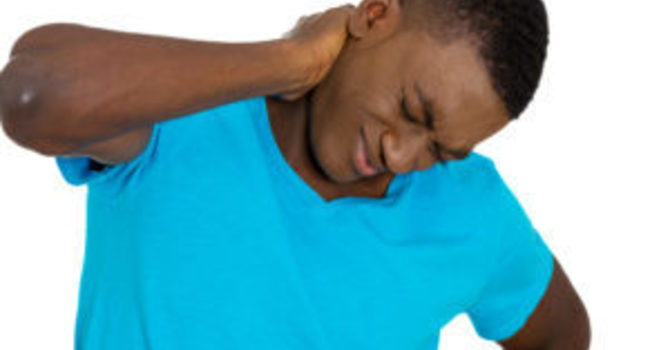
“Runner’s Knee” is a general term, used to describe the many conditions that can cause pain in the front of the knee. (For example: Patellofemoral Pain Syndrome, Chondromalacia Patella, IT-Band Syndrome)
The pain is usually felt in or around the kneecap. You don’t have to be a runner, but Runner’s Knee is so named because runners can experience overuse/repetitive stress to the knees. Runner’s Knee can develop from any sport or activity which requires prolonged or repetitive knee-bending such as running, jumping, squatting, and lunging.
For example:
- Crossfit workouts
- Martial arts training
- Marathon training
- Plyometrics
- Gardening
- Desk work (prolonged sitting)

In day-to-day activities, Runner’s Knee can be felt:
- While navigating stairs or uneven surfaces
- While sitting in a flexed knee position
- While running, jumping, squatting, and/or lunging
Note: As this condition worsens over time, it becomes painful with even light activity and swelling may be present.
Physical Assessment
The knee is between the foot/ankle and the hip/pelvis; therefore, how the knee moves and functions is directly linked to how the foot/ankle and hip/pelvis move and stabilize. The physical assessment we perform here at the Center for Musculoskeletal Function includes but is not limited to:
- Orthopedic and functional exam of the knee
- Orthopedic and functional exam of the foot and ankle
- Orthopedic and functional exam of the hip and pelvis
- Gait analysis – The way you walk, reveals any area of dysfunction from the feet, up to the lower back
- Soft-tissue assessment and palpation of the relevant anatomy.
Road to Recovery
Recovery time is different for every individual, since it is variable dependent. There are individual factors like the person’s age, gender, biomechanics, and extent of injury. In addition, there are external factors such as activity type, activity level, and compliance to rest/recovery, which play a role. However, recommendations for best results are:
- Physical examination – start with a proper diagnosis and course of treatment.
- Relative rest from the exacerbating activities – you can still exercise and be active, but lay off of activities that are causing you pain.
- Apply ice when swelling occurs.
- Restore full range and function before returning to full activity.
- Graded exposure back to activity – i.e. once the pain is managed and function is restored, it isn’t recommended that you immediately go back to your previous level of activity. Instead, work your way back systematically, 1 week at a time. This will help prevent re-injury.
If you are suffering from runner’s knee, we’re here to help! Book your first appointment with Dr. Yinh at (561) 318-8070, here in Palm Beach Gardens, Florida.
©CenterForMusculoskeletalFunction2017


